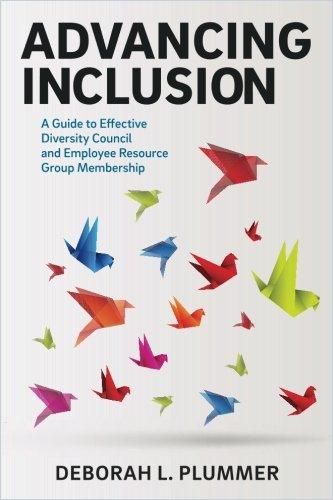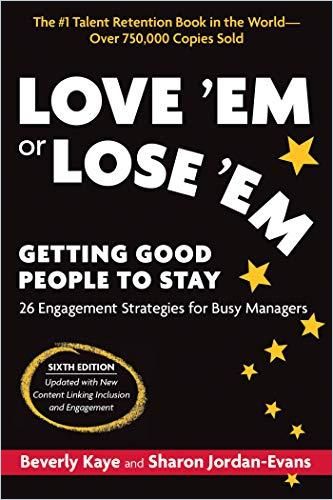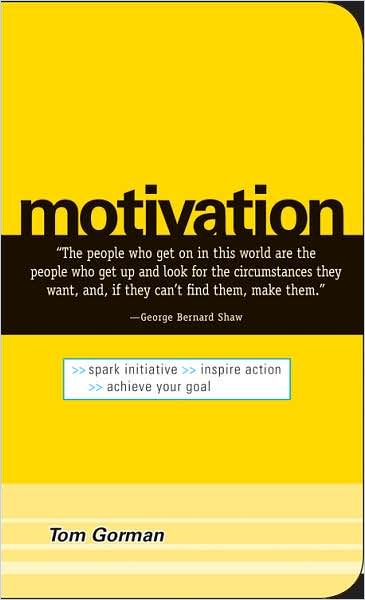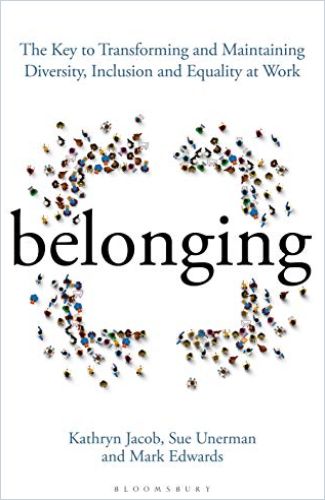How to Unleash the Connective Power of ERGs

We have given quite a bit of thought to employee retention over the past two years. From how-to guides to reading lists and interviews, we’ve presented various topics and formats on how HR can shape employee well-being and development opportunities within the company to reduce turnover – and retain the best.
One format, however, has hardly been highlighted so far: Employee Resource Groups (ERGs). Circles of employees, who come together regularly based on a specific common characteristic – from gender to religion to a shared hobby – generally do not need “management,” but constitute themselves. However, this is now only partially true.
Recent experience shows:
According to Sequoia, an estimated 40% of employers had ERGs in 2021, up 9% from 2020. Let’s find out about the reasons for this boom.
1. What Are ERGs?
Employee Resource Groups are voluntary, employee-led groups aiming to foster a diverse, inclusive workplace aligned with the organizations they serve. As Great Place to Work explains, they are “usually led and participated in by employees who share a characteristic, whether it’s gender, ethnicity, religious affiliation, lifestyle, or interest.” They exist to support and help “in personal or career development and create a safe space where employees can bring their whole selves to the table.” And on top of that, they combat one of the most costly but often invisible health problems in the world of work: loneliness.

ERGs are closely linked to diversity efforts in the workplace. These began during the Civil Rights Movement when assimilation was the prevalent framework, writes Deborah L. Plummer in her book Advancing Inclusion. In the 1970s, the U.S. fostered inclusion through laws and quotas, and in the 1980s and 1990s, companies developed values-based inclusion missions.
Today, many companies form Employee Resource Groups to develop support for diversity policies or underrepresented groups.
They do so with excellent results regarding employee well-being and retention: Plummer writes that having fun at work and encouraging employees to enjoy themselves will enhance productivity and morale. It can also go a long way toward keeping crucial workers within your organization.
Take-Aways:
- ERGs fill a need to bridge differences between groups and provide additional safety at work.
- ERGs have what it takes to address organization-wide issues.
- Because of their intrinsic participatory motivation and high agility, they can act more efficiently and cost-effectively than other HR initiatives and retention tools.
- An ERG should enable two or three of an organization’s long-term diversity goals.
- Having an executive sponsor brings visibility to your ERG’s efforts.
According to Diverst.com, the ten most common ERGs in Fair360’s DiversityInc Top 50 include the following:
- Women
- LGBTQIA+
- Disabilities
- Veteran
- Black
- Hispanic/Latino
- Pan-Asian
- Multi-Generational
- Young Professionals
- Indigenous Americans
2. How to Set Up an ERG
Social connection strengthens the bonds between all employees and creates a sense of belonging that can keep workers from leaving. In this light, ERGs provide staff with opportunities to interact, and are particularly valuable for new hires. These groups can also break down a silo mentality, increase collaboration between departments and boost staff loyalty. But:
ERGs cannot be crafted from the outside. When HR executives try to take charge of things, it tends to look like more work than fun for the workforce.
Instead of worrying about the details, communicate companywide that HR supports the creation and continuation of employee groups – both institutionally and, within manageable limits, financially – as long as an ERG fits and supports the company’s needs and goals. Then wait to see what happens.
Usually, over a short period of time, a few groups get together and come forward. These groups may aim to improve work conditions for alienated workers. Or they may be reading groups, emerging talent spotter groups, or language learning groups. They can even be dedicated “newbie” groups that aim to share onboarding experiences and get to know a new work or social environment. Anything that helps colleagues network across departmental boundaries and work together toward a goal that the company shares creates touch points and thus added value.
Take-Aways:
- The most important thing is to have a motivated founding team that canvasses members and promotes the ERG within the company. HR should do its best to encourage and nurture them.
- Check that the ERG’s goals align with or work toward the company’s goals.
- Ensure that there is a certain variety of objectives – and help avoid duplications.
- As HR approves an ERG, buy-in from senior management should be obtained to support the ERG’s plans.
- Only then the necessary budget should be made available.
- Other resources required for the ERG are the devoted working time of the employees and – if considered in line with corporate goals – special events and training based on the ERG’s topics.
Find additional advice in the following summaries:
3. How to Keep ERGs Alive (and Make Them Shine)
Do not disturb your people at work! Nothing destroys new commitment based on intrinsic motivation more than micromanagers talking in from the outside. Yet, to ensure that the ERG does not feel like a non-influential committee, you should encourage senior executives to drop in at the group’s meetings at irregular intervals. This action is not another task on their bonus list. It’s where they can learn about grassroots concerns and problem-solving approaches to issues they may not have even known existed.
To evaluate the work of the ERG from time to time and to give it the necessary presence in the company, it makes sense to entrust it with an update to the entire company once or twice a year – ideally, this happens in the context of a suitable initiative around the activities of the ERG or on a motto day or month.
The annual national and international commemorations and celebrations of diverse groups in the workplace are, for example, other excellent opportunities to publicly appreciate the work of ERGs.
Quite a few companies find it difficult to continually develop conversation-sparkers, new ideas and programs for these events – which is why many of them sound strangely familiar. If you are lucky enough to have one or more ERGs in place that can (and want to) contribute something powerful and relevant to these events, you may give the group an exceptional platform within the company during these months – and often beyond.
By doing so, and at the same time, you give employees who are not part of the group the chance to learn something valuable that concerns not only their affiliation but also their role in and for the company. These national months include, among others:
- January: Slavery and Human Trafficking Awareness Month
- February: Black History Month
- March: Greek-American Heritage Month, Irish-American Heritage Month, National Women’s History Month
- April: Arab-American Heritage Month, Autism Awareness Month, Earth Month
- May: Mental Health Awareness Month, Asian American and South Pacific Islander Heritage Month
- June: National Caribbean American Heritage Month, Pride Month (LGBTQ+)
- July: French-American Heritage Month
- August: National Civility Month
- September: Hispanic Heritage Month
- October: Bullying Prevention Month, German-American Heritage Month, Italian-American Heritage Month, LGBTQ History Month
- November: National Native American, American Heritage Month
- December: HIV/AIDS Awareness Month, Universal Human Rights Month
Read more about fostering DEI in your company in the following articles:











